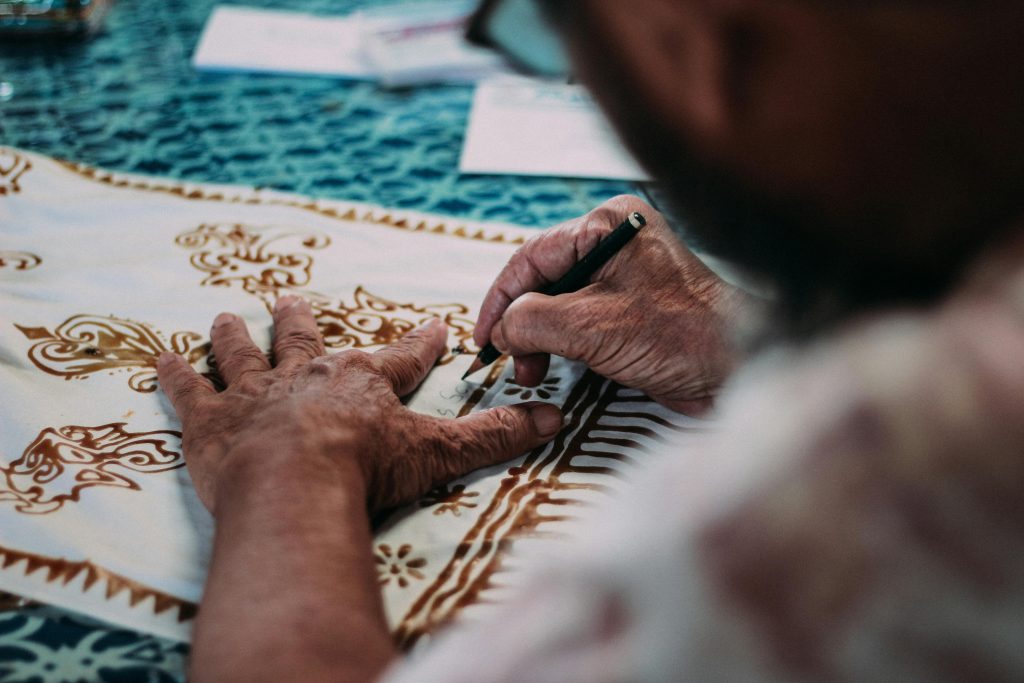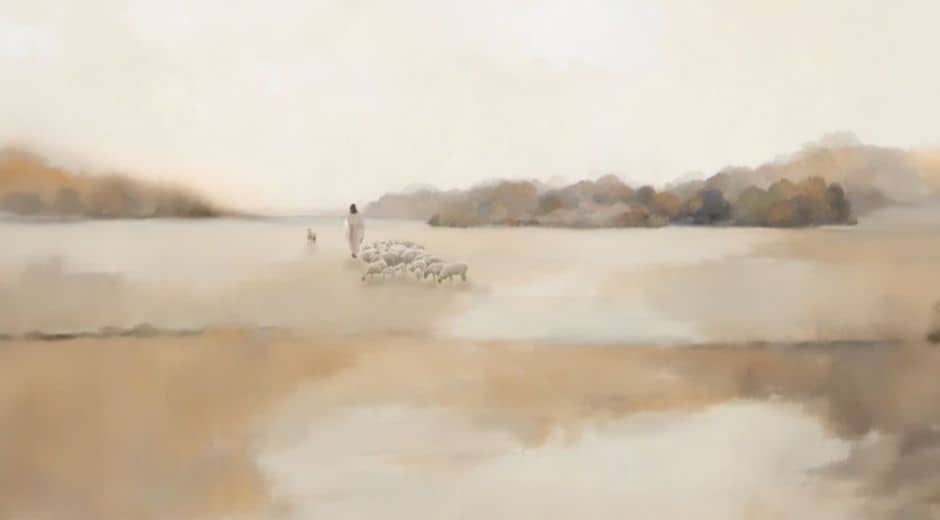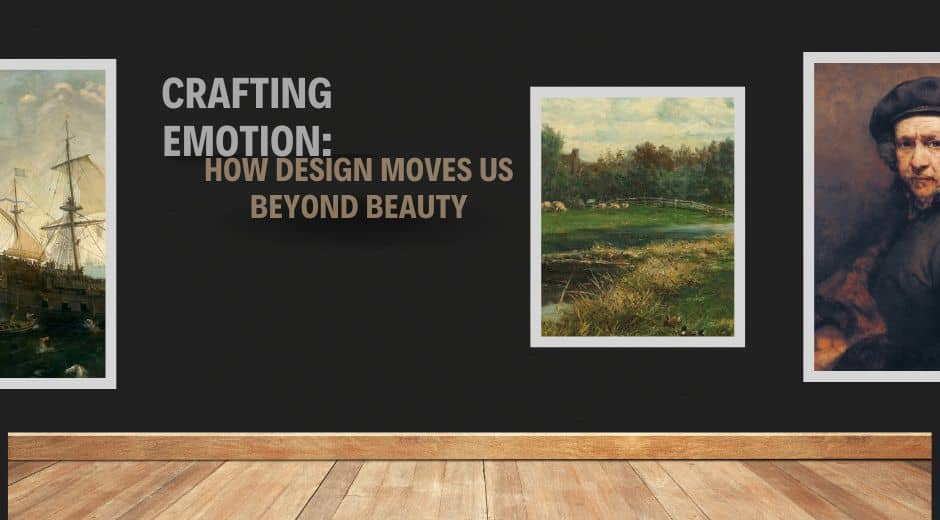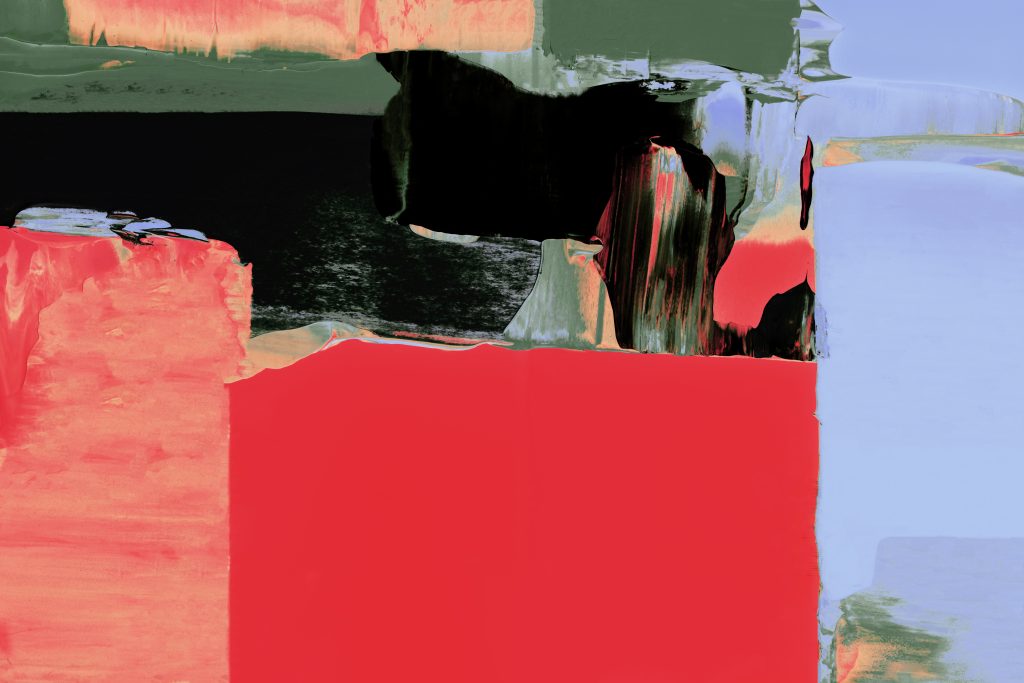Designing With Precision: The Power of Clarity and Structure
Designing With Precision: The Power of Clarity and Structure
In the world of design, clarity isn’t just an aesthetic choice; it’s a strategic one. Every element — whether color, shape, or typography — serves a purpose, and the goal is always to guide the viewer toward understanding without distraction. This clarity comes not from excess, but from precision. It’s the fine-tuned decisions that make design not just beautiful but effective.
Design precision is about minimizing clutter and maximizing purpose. Whether it’s a digital layout, an illustration, or an architectural plan, each choice must be intentional. It’s the conscious avoidance of superfluous elements, ensuring that every visual piece has a role in communicating the intended message.
This approach is not about rigid control but about setting up the right structures for clarity. And that’s what transforms good design into something impactful.
The Foundation of Precision in Design
The essence of design precision starts with understanding the space you are working within. It’s about organizing the elements to flow logically, whether on a page, screen, or in a physical space. Every piece must be placed with intent, from the layout’s rhythm to the subtle balance of typography and image. When applied thoughtfully, this precision ensures that the design is easy to navigate and visually cohesive.
A great example of this concept can be seen in Sketch to Screen: Digital, where digital illustrations are transformed into polished final pieces through careful planning and attention to detail. The process of refining and adapting each element ensures that the design communicates clearly, regardless of the medium.
The Power of Structure in Design
Structure isn’t about being rigid; it’s about setting boundaries that allow creativity to thrive. A clear structure ensures that the design’s message remains the focus, rather than becoming lost in visual noise. Whether it’s through a grid system, a defined color palette, or the arrangement of elements, structure enables the design to breathe.
Designing within structure gives the designer the freedom to explore, knowing that their work is anchored by a clear framework. It’s like creating within the boundaries of a canvas; the artist knows where to place each stroke because the structure gives them direction.
This clarity through structure results in designs that feel grounded and reliable. Each element exists within a system, which is why viewers can engage with them effortlessly.
Clarity Through Minimalism
Minimalism in design is often associated with simplicity, but it’s more than just a pared-down approach. True minimalism is about amplifying the essence of an idea by removing distractions. Every component is carefully selected for its role, whether it’s adding visual weight, guiding the viewer’s eye, or creating contrast.
The key to this precision is understanding what’s essential. Designers don’t just remove things because they can; they strip away anything that doesn’t directly contribute to the message or experience. The result is a design that feels intentional and thoughtfully curated.
A perfect example of this precision can be found in digital design, where Sketch to Screen: Digital shows how minimalism creates space for the design’s core message to shine. By eliminating unnecessary embellishments, the focus is on clarity, allowing the design to speak for itself.
Typography and Precision
Typography is one of the most powerful tools in design because it controls readability and guides the viewer’s eye. The precise use of fonts, spacing, and alignment ensures that text isn’t just legible but also aesthetically pleasing and effective in communicating the message.
Precision in typography goes beyond choosing the right font. It’s about creating visual harmony, where each letter, word, and line aligns with the overall design. Proper spacing and line breaks make reading easy and enjoyable, while the careful selection of typefaces creates a visual hierarchy that directs attention.
The fine-tuned balance of typography can transform a simple message into something that resonates, guiding the viewer through the content with ease and grace.
Impact Through Consistency
When a design is precise, it’s easier for the viewer to engage with it. Consistency in color, spacing, typography, and layout creates a unified experience. The viewer doesn’t have to work to decipher the design; it’s intuitive.
By maintaining consistency across different mediums, from web pages to print materials, the designer ensures that the message is clear no matter where it appears. This consistency builds trust — it tells the viewer that the design was carefully considered and executed.
Whether it’s in branding or user experience, this consistency is key to maintaining the integrity of the message and making the design feel coherent and approachable.
The Role of Innovation in Precise Design
While precision is important, innovation shouldn’t be overlooked. The two are not opposing forces but complementary ones. Precision can guide innovation, ensuring that new ideas are implemented thoughtfully and cohesively. It’s the careful integration of new elements into a well-established system.
In the world of digital design, this means experimenting with new tools, approaches, and visual languages while still adhering to the principles of precision and structure. This balance is essential for creating designs that are both fresh and functional.
The TechTazz.com website provides examples of how the latest advancements in design and development are made stronger by precision. Whether it’s through UI design, website layout, or app development, precision allows innovation to enhance the user experience without overwhelming it.
Conclusion
Design precision is more than just a technique — it’s a philosophy. It’s the commitment to clarity, structure, and intentionality in every choice made. When executed well, precision leads to designs that don’t just look good but work seamlessly.
By embracing precision, designers can create experiences that engage the viewer, guide them, and leave a lasting impact. This approach doesn’t stifle creativity; it provides the perfect environment for it to flourish, offering both direction and freedom within a structured space.
Inspiration Expression Eternity

Shaping Atmosphere: How Visual Choices Transform a Space
A space changes instantly through form, color, shadow, and arrangement. Explore how thoughtful visual decisions influence mood and elevate everyday interiors.

Shaping a Scene: How Structure Guides the Eye
Every sketch benefits from structure. By guiding the viewer’s eye with thoughtful arrangement, illustrators create pieces that feel intentional, balanced, and visually inviting.
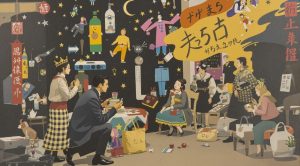
How Traditions Evolve Through Modern Life
Traditions don’t disappear as time passes — they shift, adapt, and take on new forms. Explore how modern life reshapes long-standing customs while keeping their spirit alive.
